Paschimottanasana: Health benefits, How to do ?
What is Paschimottanasana?
Paschimottanasana is a a typical yoga pose which means ‘Seated Forward Bend’ pose in English. In this pose you folding the top half of their body over their seated lower half.
The word Paschim means west, Uttana means stretched out and asana is a position. The word Paschim (west) doesn’t mean the west side rather it suggested the back of the body. The behind of the body is referred to as Paschim here. Hence a position in which the back of the body or spine is stretched out is called Paschimottanasana (forward bend pose).
Paschimottanasana (forward bend) is a traditional and simple Hatha Yoga Asana. That has much colossal health benefits. The Forward bend involves whole systems in your body along with very beneficial for growing kids to improve their height. Those People who are bearing from High B.P. or diabetes get good health benefits from Paschimottanasana.
The Uniqueness of the Forward bend is that it stretches your entire body. The anterior body part of our body is known as the East, as well as the posterior part is termed as the West. So, Paschimottanasana concentrates on the back part of the body. Thus this Asana is named so and the Seated forward bend is also, recognize as the Intense Forward Bend.
What muscles work during Paschimottanasana?
Seated Forward Bend is an initial yoga pose that belongs to the forward bends and seated categories. This asana stretches the hamstrings and the spine, and also includes calves, glutes & hip flexors, and lower back muscles.
What are the Health benefits of doing Paschimottanasana?
Paschimottanasana advantages the body in many different ways, particularly if it is practiced daily. Listed below are some of the main benefits associated with this yoga pose:
- Assists Stretch the Body – This yoga posture assists stretch the spine and shoulders along with the lower back, hips, and hamstring. furthermore, the calf and thigh muscles are also stretched and strengthened.
- Tones your Body – Performing Paschimottanasana daily will helps you to massage and tone the abdominal as well as pelvic organs. Practicing Paschimottanasana yoga correctly can help decrease the fat around the abdomen and tone it.
- Increases your Body’s Functioning – Practicing this yoga pose regularly, can help with improving the functioning of your liver, ovaries, kidneys, and uterus.
- Improve flexibility of back of thigh and lower back, relieve hamstring muscle tightness
- Stress-Buster – The Paschimottanasana yoga pose aids relax the mind and decrease stress and anxiety. It also helps reduce a headache.
- Helps decrease Menstrual Pain – Pain and discomfort caused by menstruation are mostly reduced as this pose lowers fatigue and raises blood flow.
- Helps in enhancing the respiratory system.
- Stimulates the Kundalini, spiritual energy at the bottom of the spine.
- Reduces problems like insomnia, high blood pressure, and sinusitis.
- Increases appetite, and digestion, and reduces obesity.
How to perform Paschimottanasana?
- Sit up with the legs stretched out extended in front of you, keeping the spine straight and toes flexed toward you.
- Inhale, lift both arms above your head and stretch up.
- Exhale, flex forward from the hip joints, chin moving toward the toes.
- Keep the spine straight focusing on moving forwards towards the toes, rather than moving towards the knees.
- Put your hands on your legs, wherever they reach, without forcing.
- If you can, take a grab of your toes and pull on them to help you go forward.
- Repeat this motion three or four times.
- Let go of your head down and breathe deeply for 30-60 seconds.
- Inhale, with the strength of your arms, return to the sitting position.
- Exhale and lower the arms.
Paschimottanasana Yoga Position Video:
What are the types of Paschimottanasana?
You can include the following variations when you try to practice Paschimottanasana such that you don’t strain your muscles:
- Paschimottanasana with a Prop
- Paschimottanasana with a Strap
- Paschimottanasana with Bent Knees
- Paschimottanasana in a standing position
Paschimottanasana with a Prop
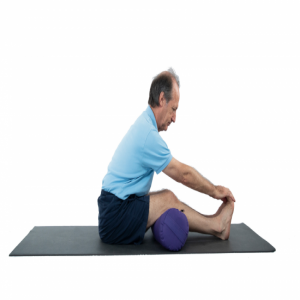
In case you find it hard to place your legs on the ground without bending your knees, you can use a prop to support your knees and put them below them.
This prop could be a flat pillow or a blanket.
If you feel any strain on your lower abdomen or chest, you can put this prop on your thighs such that when you stretch forward, you can breathe with better ease.
Paschimottanasana with a Strap
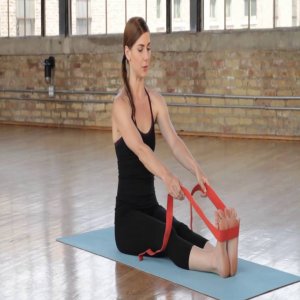
To completely stretch your body in this pose, you are needed to hold your toes. If you aren’t able to hold your toes, then you can use a strap and grab it.
This strap will provide you with extra support and will help you perform the Paschimottanasana yoga pose better.
Paschimottanasana with Bent Knees
In the case when you can’t focus on your breathing as your hams feel tight, you could do this pose with bent knees.
Furthermore, you could sit on a pillow that will raise your hips and permit you to reach your toes.
Paschimottanasana in a standing position
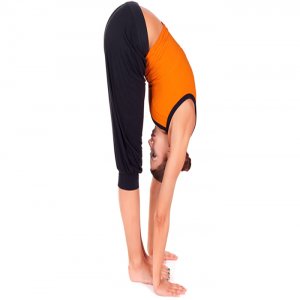
How to do: Stand tall. Your feet should be touching together and your spine is straight.
Lift your arms upward and bend down at your hip, without bending your knees.
Try to touch your toes with your hands, respectively. In starting, you can grab your ankle. After practicing, you can touch your toes.
Try to touch your head on your knees. If you can’t, don’t force yourself.
Try to maintain this pose for 30 seconds.
You can use the wall for support.
What are the common mistakes to Avoid during paschimottanasana?
While doing the Paschimottanasana, make sure that your knees are parallel and not turned outwards. Or else, it would decrease the stretch of your hamstrings and the stress will rather fall closer to the joints.
Throughout the procedure, the back must remain extended. This assists you to take full breaths.
What are the Contraindications and Precautions to take while performing Paschimottanasana?
- Although everybody should perform yoga to maintain health and well-being, some poses are not for everyone. Here are a few points to observe before you practice Paschimottanasana.
- It is better to get began with this asana under the instruction of a certified yoga instructor.
- Initially, it is difficult to flex yourself fully. you can gain this with practice. Never force yourself into the pose and do what is feasible without pain.
- The abdomen is compressed during the pose. So, you can’t do it on a full stomach.
- Pregnant women can perform this asana but with their legs separated to prevent stress on the navel area and the fetus. They must rather expand their chest upwards.
- You can’t do this pose if you have an injured shoulder, arms, hips, or ankles. Don’t perform this asana if you have asthma or diarrhea as well.
- In case you have herniated vertebral discs, it is suggested to practice the asana without bending forward completely.
- If you have hamstring injuries, you can practice the asana by flexing your knees instead of keeping your legs straight.
What are the disadvantages of Paschimottanasana?
Slipped Disc: People who are suffering from slipped disc shouldn’t perform this yoga pose because Paschimottanasana gives a lot of pressure on the lower back when the body is flexed forward.
Hernia: Someone who is suffering from a hernia shouldn’t perform this pose.

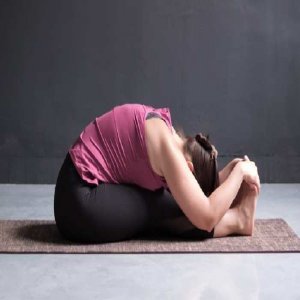
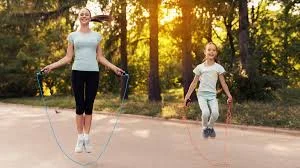
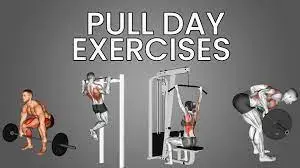
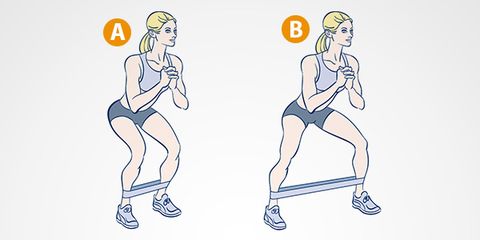
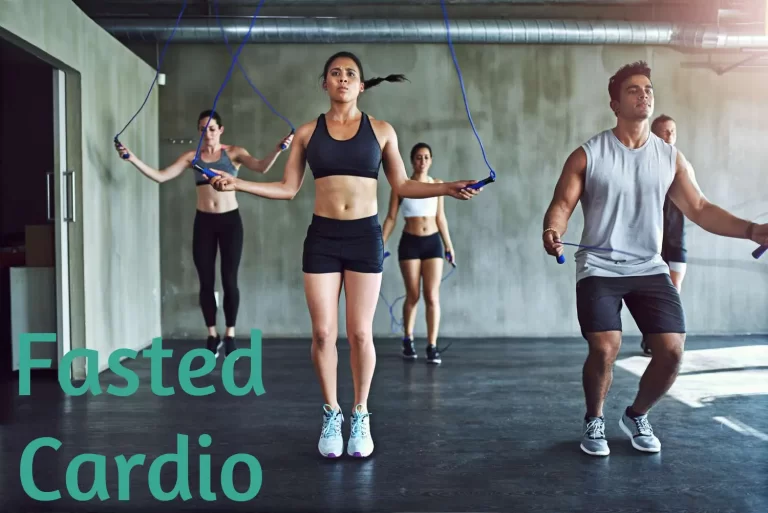
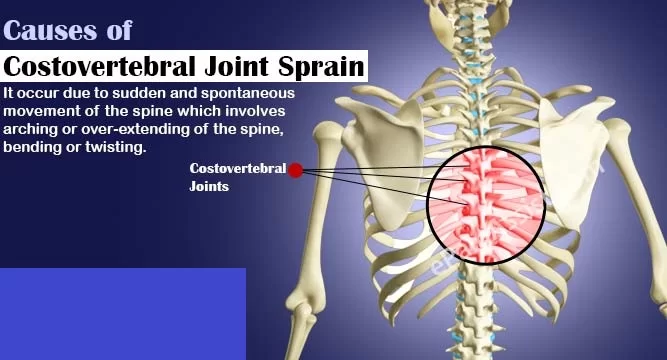

One Comment